 2023.08.03
2023.08.03
As the saying goes, good teeth make for good food!
Periodontal Disease!
---- are as unwelcome but shadow friends as we are as adults!
Periodontal disease is the leading cause of tooth loss in adults and a major oral disease that jeopardizes human dental and general health.
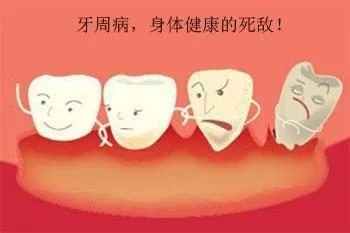
Let's take a closer look at periodontal disease, how it affects your oral health and what can be done to prevent it:
First, periodontal disease is not far away for us , it happens in every one of our mouths!
Secondly, periodontal disease is not a mystery, and we can prevent and abort the dangers that periodontal disease poses to our oral health by becoming more aware of it and understanding it.
What is periodontal disease?
Periodontal disease, also known as periodontitis, is one of the most common dental diseases in which the gums and alveolar bone surrounding the teeth shrink due to inflammation and gradually lose their fixed support for the teeth, resulting in the gradual loosening of the teeth.
Because of its early and mid-term symptoms are not obvious, so it is not taken seriously, and when the symptoms appear, it is already in the late stage of the disease that can not be salvaged. It is the main cause of tooth loss in adults.

Why is periodontal disease so easy to ignore?
With the gradual improvement of living standards, the importance of oral problems gradually rise that, but there are many people still do not realize the danger of periodontal disease, which is related to the characteristics of periodontal disease.
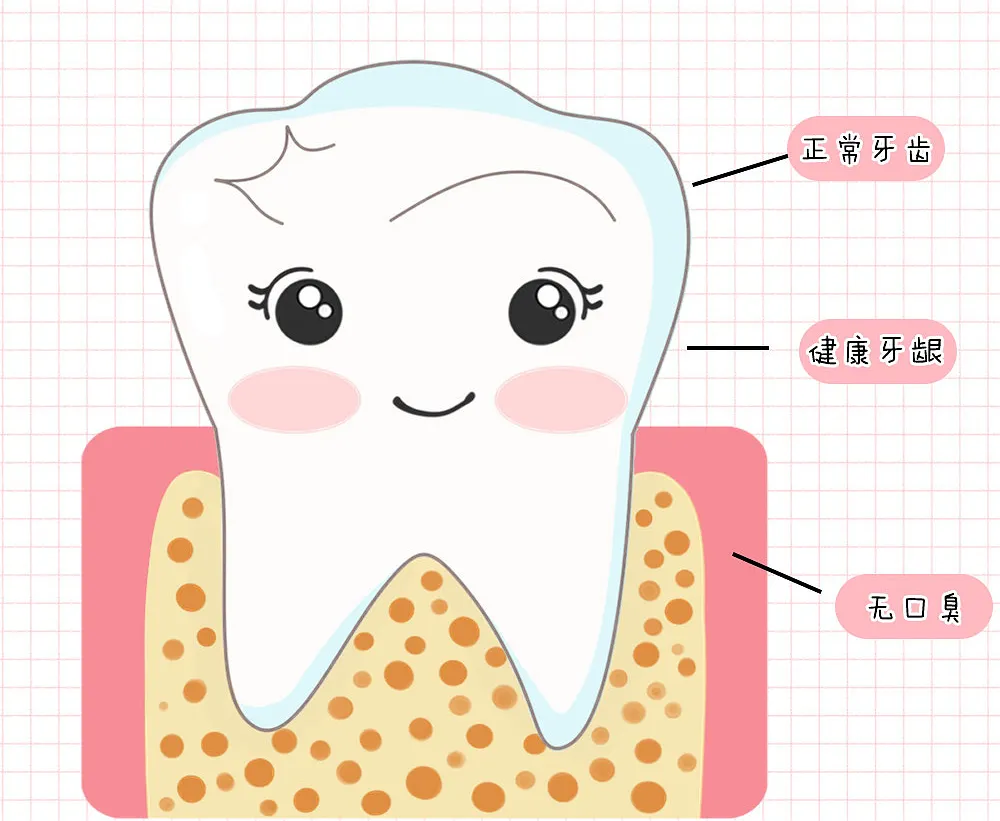
Periodontal disease is a bacterial infection. Periodontal disease caused by brushing bleeding, swollen gums these initial symptoms are not obvious, even if it is a moderate to severe periodontal disease patients do not know that there is an inflammation in the oral cavity similar to the size of the palm area of the ulcer surface, there is no pain intolerable self-conscious symptoms, often to the late periodontal disease teeth loose until they fall out, only to seek help from a dentist, and at this time, often the doctor has been "unable to help, look! 'Teeth' sigh".

The 3 stages of periodontal disease
Mild periodontal disease
Gums are red and swollen at the edges, gums bleed easily when brushing, there may be tartar buildup, toothache or gum pain, and bad breath.
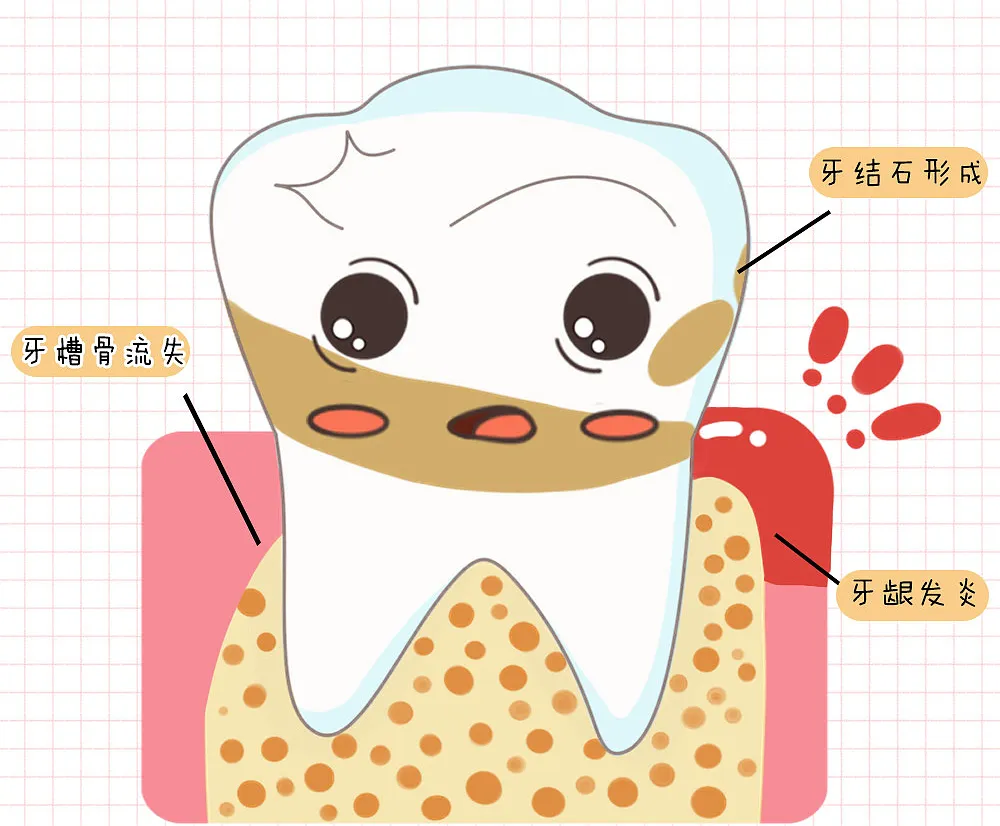
Moderate periodontal disease
Gums are severely red and swollen at the edges and often bleed when brushing. Gums recede and some of the roots are exposed, making the teeth appear to grow. Inflammation of the periodontal tissues causes destruction of the periodontal membrane, leading to separation of the periodontal tissues from the tooth roots and the formation of periodontal pockets. Tartar buildup, bad breath, and possibly toothache or gum pain.
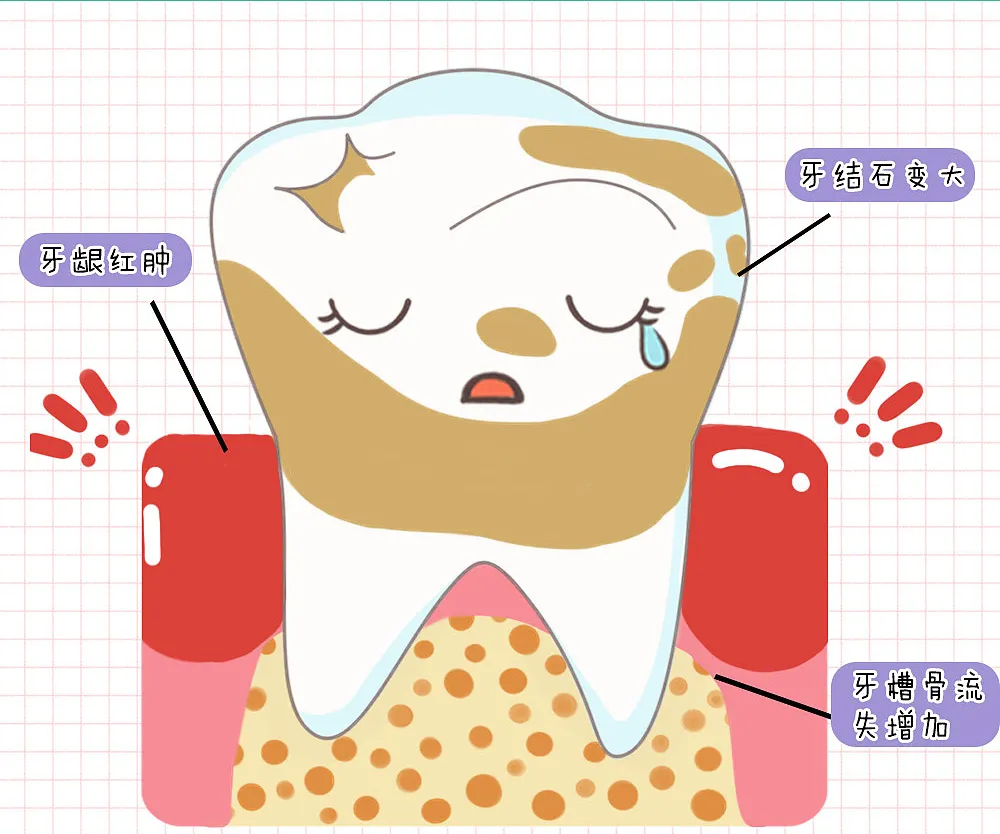
Severe periodontal disease
Severe redness and swelling at the edges of the gums, which often bleed when brushing. Periodontal tissue shrinkage increases and teeth look longer and longer. Periodontal pockets appear, pus oozes from the gum margins, even tooth sores, tartar buildup, bad breath, toothache or gum pain, loose or shifting teeth or even loss.
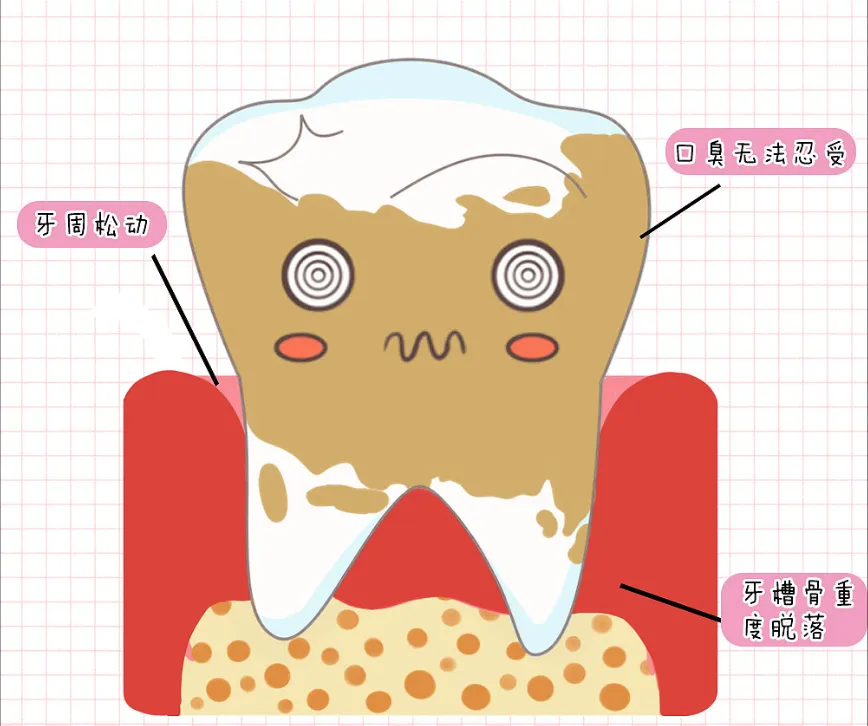
Clean your teeth properly
To prevent periodontal disease, it is important to brush your teeth correctly. There are two keys to proper brushing: one is to have the toothbrush in place, and the other is to "cover all the bases".
Toothbrush in placeIt refers to the fact that the toothbrush should be placed in the right position. The purpose of brushing is to remove plaque. Plaque on the teeth is mainly located on the surfaces close to the gums (tooth bed), which is equivalent to the "neck of the tooth", and on the surfaces adjacent to the two teeth. The focus of brushing should be on the surfaces near the gum margins and the surfaces next to the gaps between the teeth.
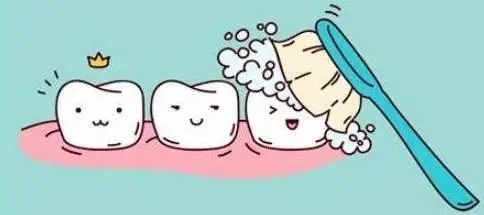
"Everything"This refers to the fact that the toothbrush should reach every surface of every tooth. About 70% of plaque can be removed by proper brushing, while 30% of plaque remains on the neighboring surfaces of the teeth, where the acids and other toxic substances they produce can easily cause caries and periodontal disease if not removed in a timely manner.
At this point, flossing or brushing is needed to further remove the plaque from your teeth.
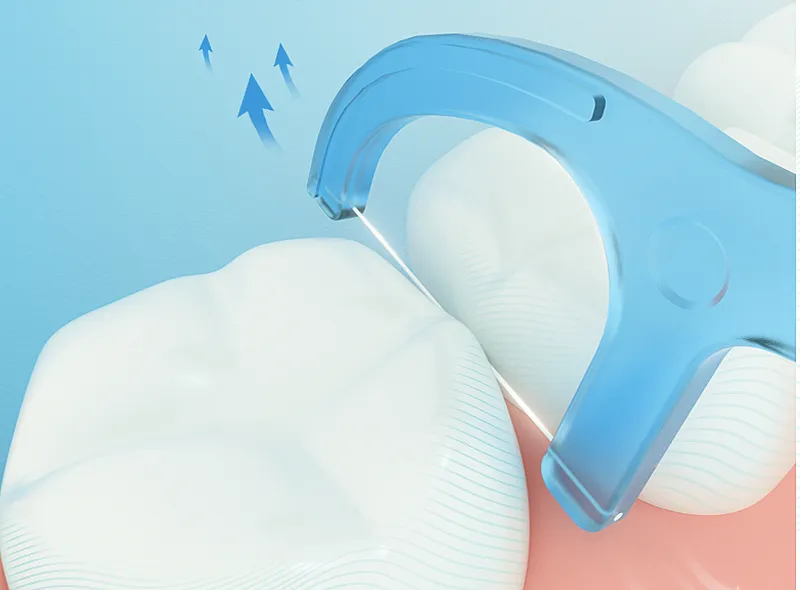
Slide the floss of the flosser left and right into the gap between the teeth, close to the surface of the teeth, and gently slide it back and forth to bring out the food debris. Wrap the floss in a "C" shape around the neighboring surfaces and move it from the gums to the occlusal surface to "scrape" the plaque from the teeth. Repeat 3 to 4 times for each neighboring surface. Repeat to remove plaque from the neighboring surfaces of each tooth in turn. Proper flossing will not widen the gap between your teeth or damage your gums.









